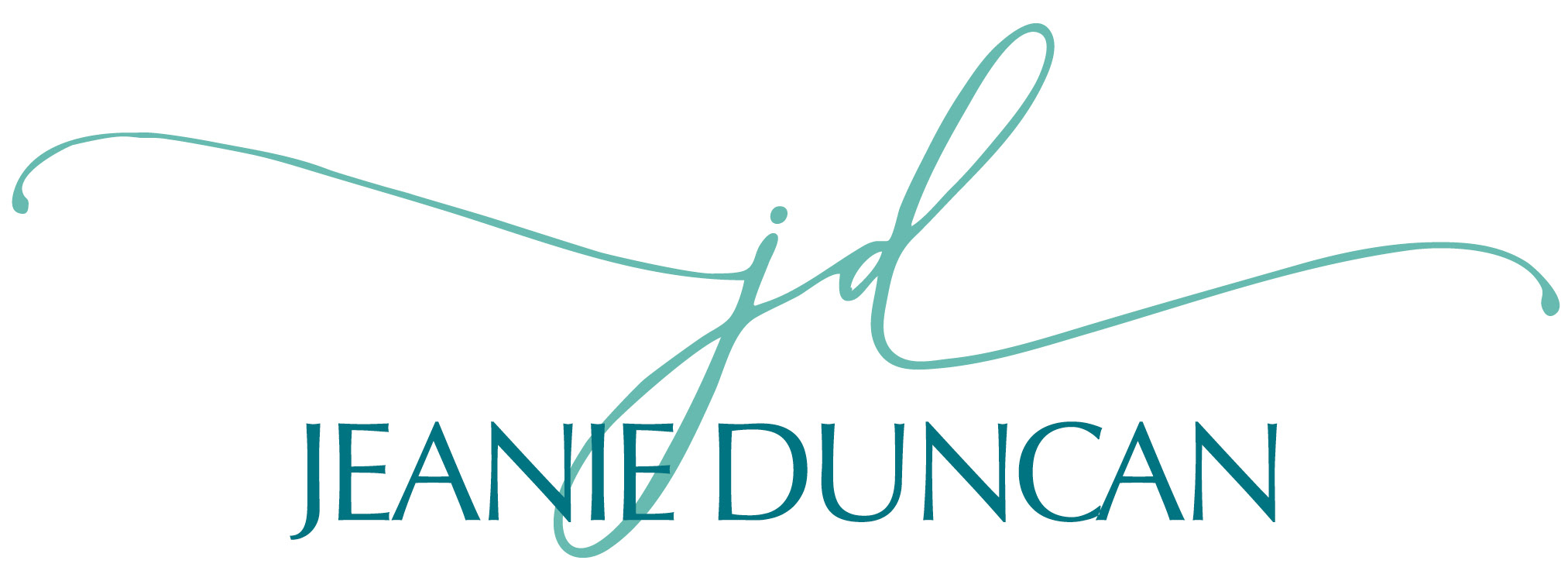
Dec 22, 2014 | Intention

January lures me to a place of reflection of the prior year and intention and goal setting for the year ahead. It’s my way of honoring life events, learning from what I’ve experienced, and dreaming of what I most want.
Over time, I’ve developed a some tools that serve me well in this process. Here are a few favorites that I hope you will find of value.
- Take a blank sheet of paper and draw a vertical line down the middle of the page. On the left side at the top, write “Freedom From” (What do I want to STOP doing?). On the right side, write “Freedom Toward” (What do I want to be or START doing?). Then down the far left column, write these words: Career, Family & Friends, Significant other / Romance, Fun & Recreation, Health, Money, Personal Growth, and Physical Environment. Complete each column in terms of ‘freedom from’ and ‘freedom toward’. This exercise will help you create alignment in the direction toward what matters most.
- Another exercise I find valuable is completing Stephen Covey’s Time Management Matrix, which I have sample-populated below from a business perspective. I like to do this including both work and family elements, sometimes in two different grids. I don’t know about you, but much of my day quickly can be filled with the 3rd quadrant – the seemingly urgent, but less important things. At the end of those days, it’s hard to note anything meaningful that I’ve accomplished. Ideally, I use this tool not only at the beginning of a new year, but also at the beginning of each month and week to keep me focused on what matters most.

- Journaling can be another effective outlet to reflect and draw out thoughts about the past year and help focus and imagine the 12 months ahead. Consider the writing prompts below as you complete this exercise.
Reflecting on the prior year:
- What am I celebrating?
- What were the most significant events of the year past?
- What’s going well? …not so well?
- How am I leveraging my strengths?
- What did I learn? (skills, knowledge, insights, etc.)
- What would I have done differently?
- What did I complete or release? What still feels incomplete to me?
- How am I different this year than last?
- For what am I particularly grateful?
Imagining the year ahead:
- What intentions do I have for the coming year?
- What is the commitment I want to make for: my work, my family, my self?
- How do I want to approach things differently?
- How do I want to spend my time?
- What would I do if I knew I couldn’t fail?
- How and with whom do I most want to spend my time?
- How will I honor my core values?
- Imagine that it is 6 months from now, and I’ve acted on my intentions or met my goals. What is like? How does it feel? What resources and support surround me?
A final critical piece to goal setting is to enroll an accountability partner. As you refine your intentions and goals for the year, ask a friend or colleague to help support you and hold you accountable. Set a schedule where s/he will followup and ask you about your progress. They can serve as an important ally in helping you move past barriers as well as celebrate your progress (big and small). Choose someone who will challenge and stretch you and call you out when you’re playing small!
Best wishes to you in this experience and bringing forth your best self in the year ahead!
 About Jeanie Duncan: Jeanie is President of Raven Consulting Group, a business she founded that focuses on organizational change and leadership development in the nonprofit sector. She is a senior consultant for Raffa, a national firm working with nonprofit clients to lead efforts in sustainability and succession planning, executive transition and search. Additionally, Jeanie serves as adjunct faculty for the Center for Creative Leadership, a top-ranked, global provider of executive leadership education.
About Jeanie Duncan: Jeanie is President of Raven Consulting Group, a business she founded that focuses on organizational change and leadership development in the nonprofit sector. She is a senior consultant for Raffa, a national firm working with nonprofit clients to lead efforts in sustainability and succession planning, executive transition and search. Additionally, Jeanie serves as adjunct faculty for the Center for Creative Leadership, a top-ranked, global provider of executive leadership education.

Oct 14, 2014 | Coaching, Intention, Leadership

Some consider visioning to be a fluff exercise rather than an effective personal or business development strategy. After all, in both our personal and business lives, we spend the majority of our time working ‘in it’ rather than ‘on it.’ However, dedicating time to thinking about the future can be a critical investment that reaps big rewards. How do I know? I have proven it for myself and and experienced it with my clients time and time again. In fact, I have found that visioning is 100% smart business practice, helping organizations and individuals who lead them chart the course, set goals, measure progress, and learn from mistakes – all of which directly impact the bottom line.
Five years ago, I gave myself a gift: a 12-month sabbatical. I had recently left a top leadership post as an arts administrator, knowing that I had completed what I set out to do for the organization. But I didn’t quite know what would come next. I needed a little “white space” between completing a very consuming role and beginning my next venture – a little time off to engage in activities that helped me think, discover, and refill my creative well.
One day while reading The Law of Attraction by Esther and Jerry Hicks, I came across a visioning exercise called the “creative workshop.” The concept is to spend about 20 minutes each day giving thought to what you want with great clarity, describing and refining a fulfilling picture of yourself – and the life you want to live. (The idea, of course, is that you attract and create that on which you focus.)
Ultimately, that exercise led me to create a two-year vision of the most full, enriching, and satisfying life I could imagine. I then laid out specific actions I’d take to guide me toward my longer-term vision. After all, what good is a vision without a plan to get there?
What I thought initially was a simple (fluffy) exercise ended up having a profound effect. Who knew?! It was as if I had sprinkled fairy dust or Miracle Gro® on my life. Each day, I’d re-read and think about my vision and action plan. The phone started to ring, emails arrived, and certain people would simply appear in my path – everywhere from the grocery check-out line to the board room. As if I were a magnet, resources steadily came, each of which had a part to play in helping me fulfill my vision.
That was years ago. And recently, I decided to repeat this “workshop” again for myself, and I am having a similar experience – only this time, my vision seems to have expanded. And once again, I can sense the amazing personal growth beginning to happen.
“We should change our perspective from ‘I’ll believe it when I see it’ to ‘I’ll see it when I believe it.'” – Chuck Duncan
As individuals, we give so much thought and energy to our work, our co-workers, and to our family and friends that we often forget to invest in ourselves. I observed a sign on a colleague’s desk recently that read, “Me First.” While at first this might seem amusing or even appear egocentric, all of us have to remember that if we don’t first focus on ourselves, we have less to give others.
The same thing happens with organizations – visioning is often put off or lost altogether, with a team’s time and effort immersed in the day-to-day details and priorities. Yet such future-thinking exercises don’t have to be daunting undertakings; they can be incorporated into regular staff or board meetings or be integrated into a periodic planning process. I’ve used a version of this visioning exercise with clients in strategy development, sustainability planning, leadership transitions, and coaching. What I’ve found is that individuals and businesses who roll up their sleeves and take action to do it get great results and rewards.
Visioning, when accompanied by smart planning and consistent focus, can yield true transformation for you and for the organizations you work to improve. Getting started is easier than you think!
- Set aside some uninterrupted time. I suggest an hour, but a few sessions at 20 minutes each also can be effective.
- Pick a point in the future – it can be weeks, months, or years.
- Imagine a life (or business) that is vibrant and fulfilling beyond your greatest expectations.
- Give yourself permission without boundaries to dream and create.
- Describe what you’re imagining in specific, vivid detail.
- Then create an action plan to help you get there.
It may not come easily at first, but with a little time spent – perhaps over a few days/sessions – clarity and details are likely to take shape.
Once the intention is set, give attention to your new vision and plan – and enjoy what begins to manifest itself.
“You get what you think about, whether you want it or not.”
– Jerry Hicks
photo credit: Ross Manges Photography via photopin cc


 About Jeanie Duncan: Jeanie is President of Raven Consulting Group, a business she founded that focuses on organizational change and leadership development in the nonprofit sector. She is a senior consultant for Raffa, a national firm working with nonprofit clients to lead efforts in sustainability and succession planning, executive transition and search. Additionally, Jeanie serves as adjunct faculty for the Center for Creative Leadership, a top-ranked, global provider of executive leadership education.
About Jeanie Duncan: Jeanie is President of Raven Consulting Group, a business she founded that focuses on organizational change and leadership development in the nonprofit sector. She is a senior consultant for Raffa, a national firm working with nonprofit clients to lead efforts in sustainability and succession planning, executive transition and search. Additionally, Jeanie serves as adjunct faculty for the Center for Creative Leadership, a top-ranked, global provider of executive leadership education.

